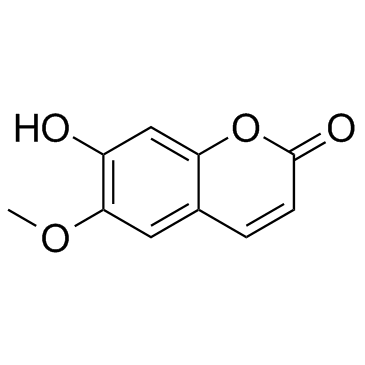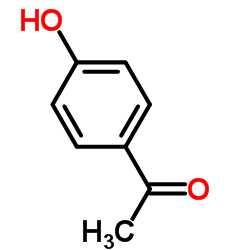| Structure | Name/CAS No. | Articles |
|---|---|---|
 |
Scopoletin
CAS:92-61-5 |
|
 |
4-Hydroxyacetophenone
CAS:99-93-4 |